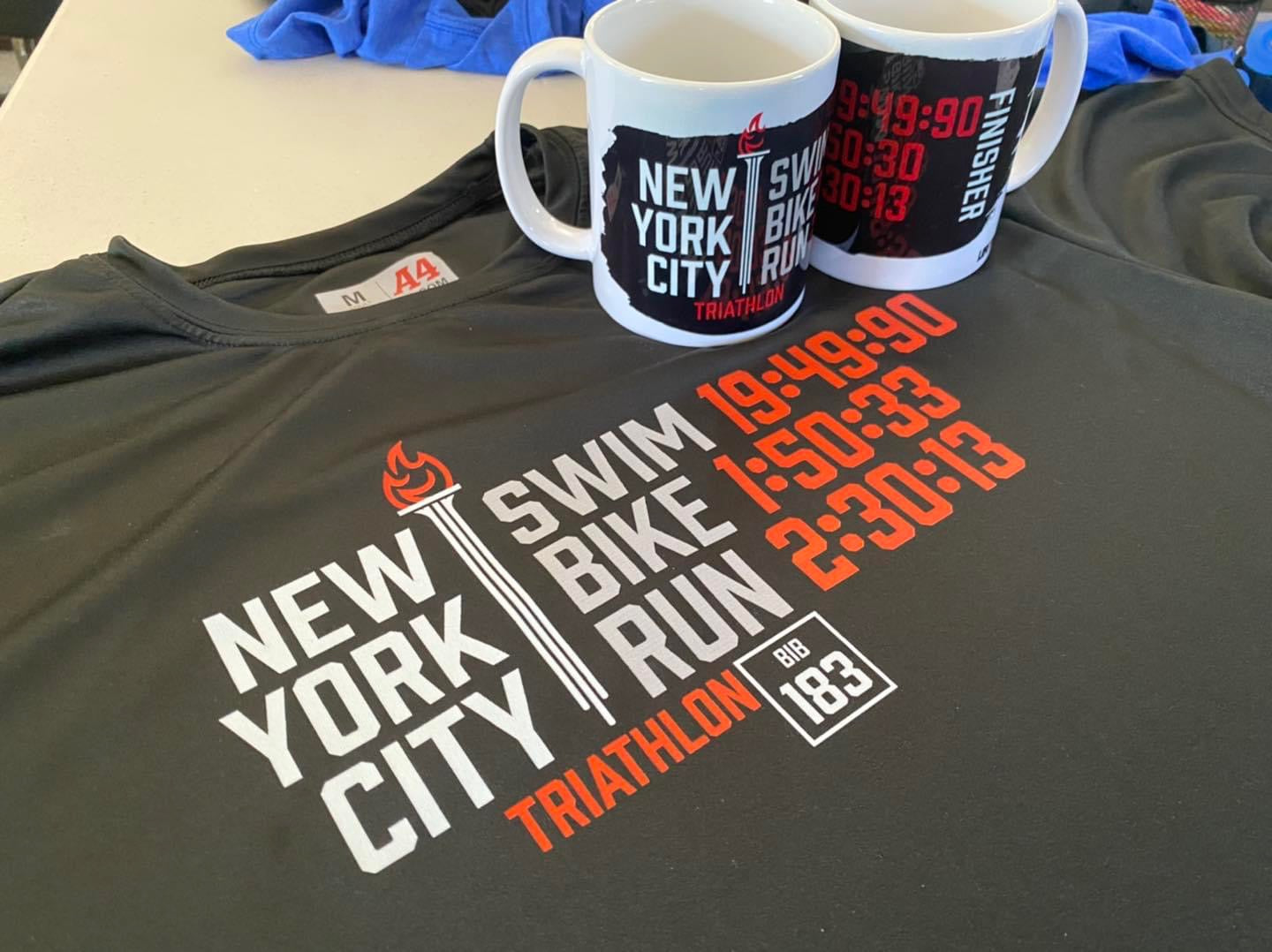The Advantages of Transitioning from Direct-to-Garment Printing to Direct-to-Film
Introduction:
The world of garment printing has witnessed significant technological advancements in recent years, providing an array of options for businesses seeking efficient and high-quality printing solutions. Direct-to-garment (DTG) printing has long been a popular method for creating custom designs on textiles. However, the emergence of direct-to-film (DTF) printing presents a compelling case for businesses to transition to this innovative technique. This essay will explore the advantages of shifting from direct-to-garment printing to direct-to-film printing, highlighting the superior quality, versatility, and cost-effectiveness that DTF offers.
Superior Print Quality:
One of the primary reasons to embrace direct-to-film printing is the exceptional print quality it delivers. While direct-to-garment printing can produce satisfactory results, direct-to-film printing takes quality to the next level. DTF utilizes a unique process where ink is transferred from a printed film onto the garment, resulting in vibrant and precise designs. This technique ensures sharper details, vibrant colors, and excellent color accuracy, thereby enhancing the overall visual appeal of the printed garments. By adopting DTF, businesses can elevate the quality of their prints and create a lasting impression on their customers.
Enhanced Versatility:
Another advantage of transitioning to direct-to-film printing is the increased versatility it offers. Unlike DTG, which is primarily suitable for printing on cotton-based fabrics, DTF can be used on a broader range of materials, including polyester, spandex, nylon, and more. This expanded compatibility enables businesses to cater to a diverse clientele and explore new markets. Whether it is athletic wear, swimwear, promotional products, or fashion apparel, DTF printing empowers businesses to unlock a broader range of opportunities and expand their product offerings.
Efficiency and Productivity:
DTF printing also excels in terms of efficiency and productivity. The process involves printing the design onto a film, which is then transferred onto the garment using heat and pressure. This transfer process is relatively quick and efficient, allowing for high-volume production with minimal downtime. Additionally, DTF printers often have larger printing areas, enabling multiple garments to be printed simultaneously. As a result, businesses can achieve faster turnaround times, meet tight deadlines, and boost overall productivity. This efficiency is particularly beneficial for companies dealing with bulk orders or those operating within time-sensitive industries.
Cost-Effectiveness:
Cost considerations play a crucial role in any business decision, and transitioning to direct-to-film printing can offer long-term cost savings. While the initial investment in DTF equipment may be higher than DTG, the benefits of lower ink consumption and increased production efficiency contribute to significant cost reductions over time. DTF printers consume less ink because the design is printed on the film rather than directly onto the garment. Additionally, the transfer process ensures minimal ink wastage, resulting in cost-effective printing operations. By adopting DTF, businesses can optimize their resources, minimize operational expenses, and maximize profitability in the long run.
Conclusion:
In summary, the transition from direct-to-garment printing to direct-to-film printing presents numerous advantages for businesses seeking to enhance their printing capabilities. The superior print quality, enhanced versatility, efficiency, and cost-effectiveness offered by DTF make it an enticing choice. With its ability to deliver sharp, vibrant designs on various materials, DTF empowers businesses to expand their product range and cater to a wider audience. Moreover, the efficiency and cost-saving benefits of DTF contribute to improved productivity and profitability. As the printing industry evolves, embracing innovative techniques such as direct-to-film printing can provide businesses with a competitive edge, positioning them for success in a dynamic market.


